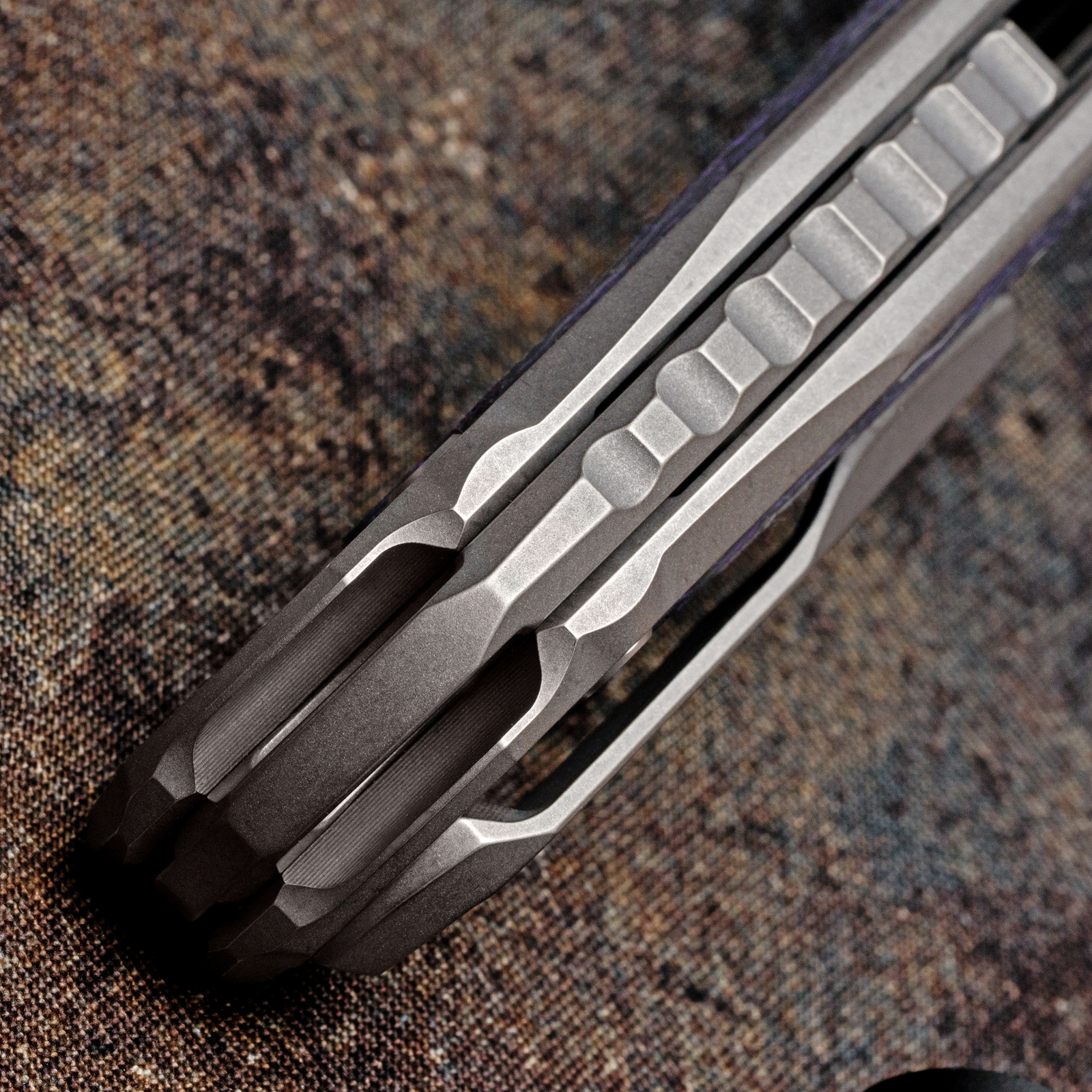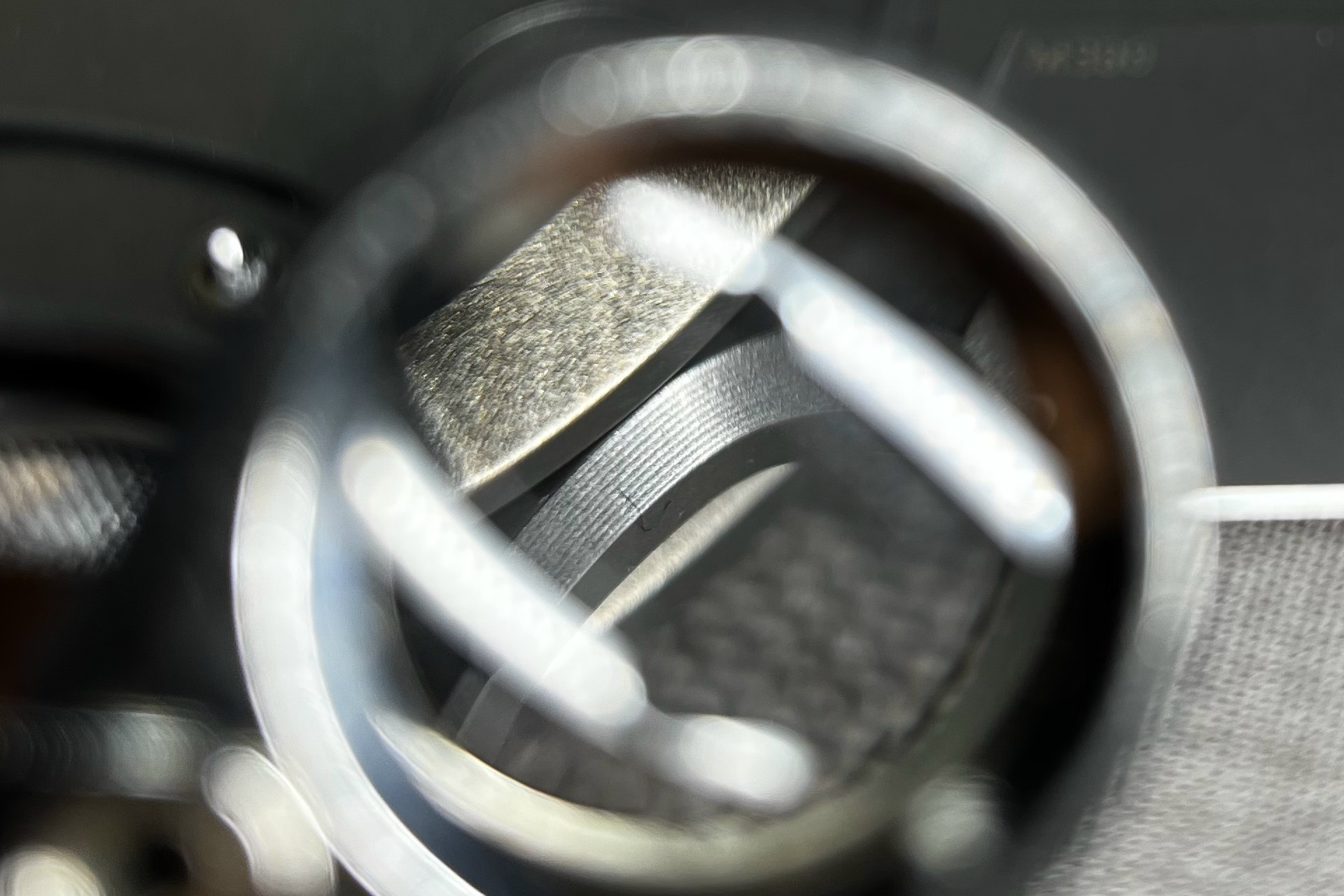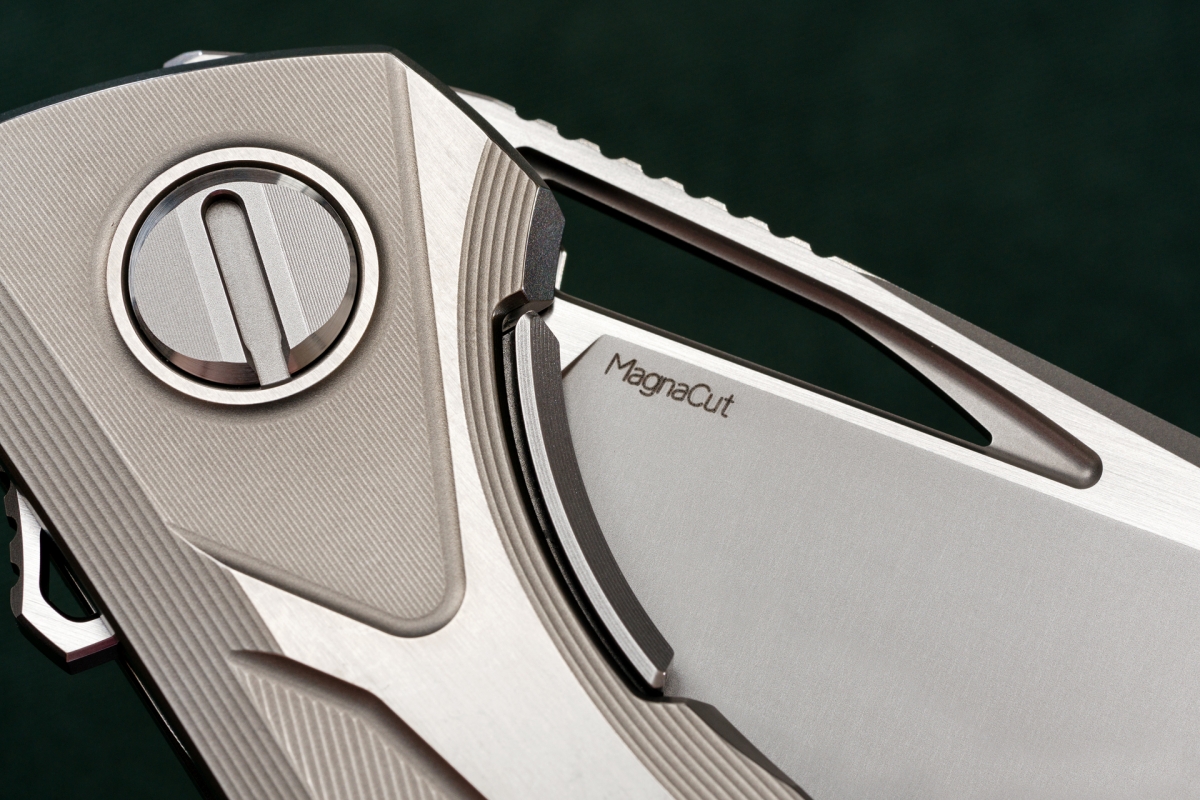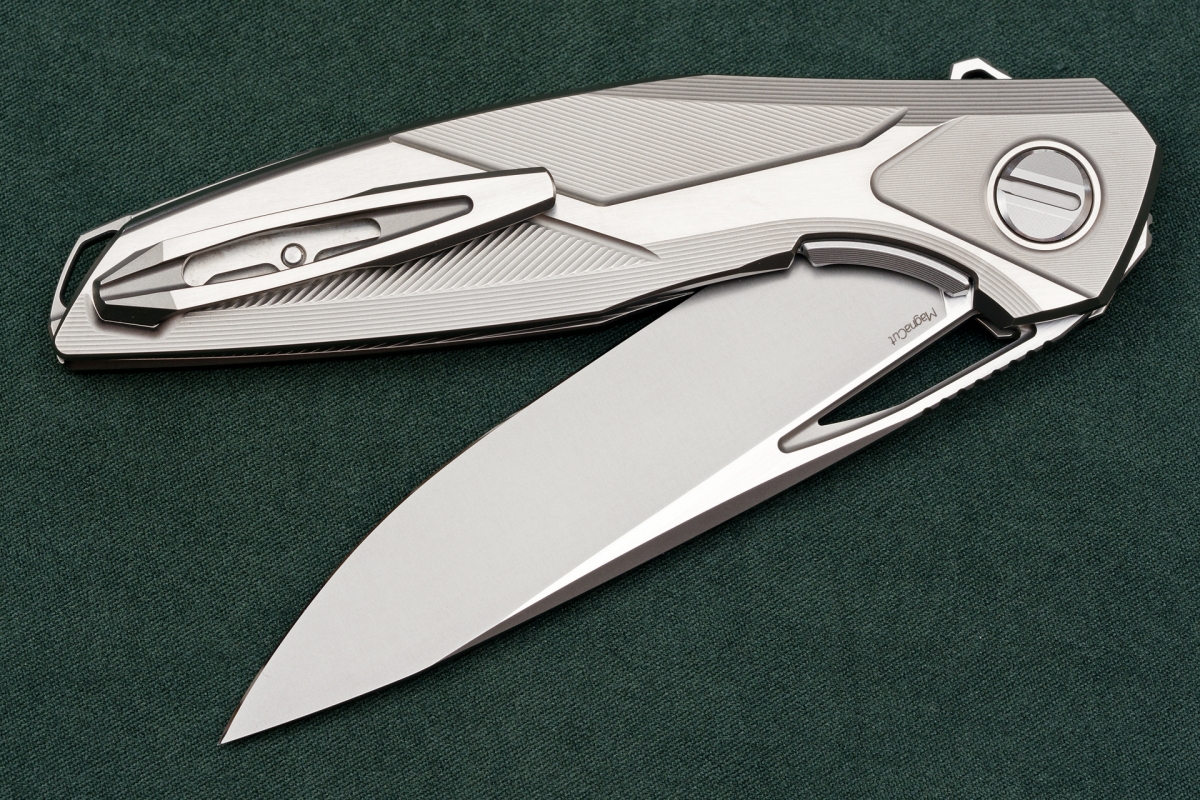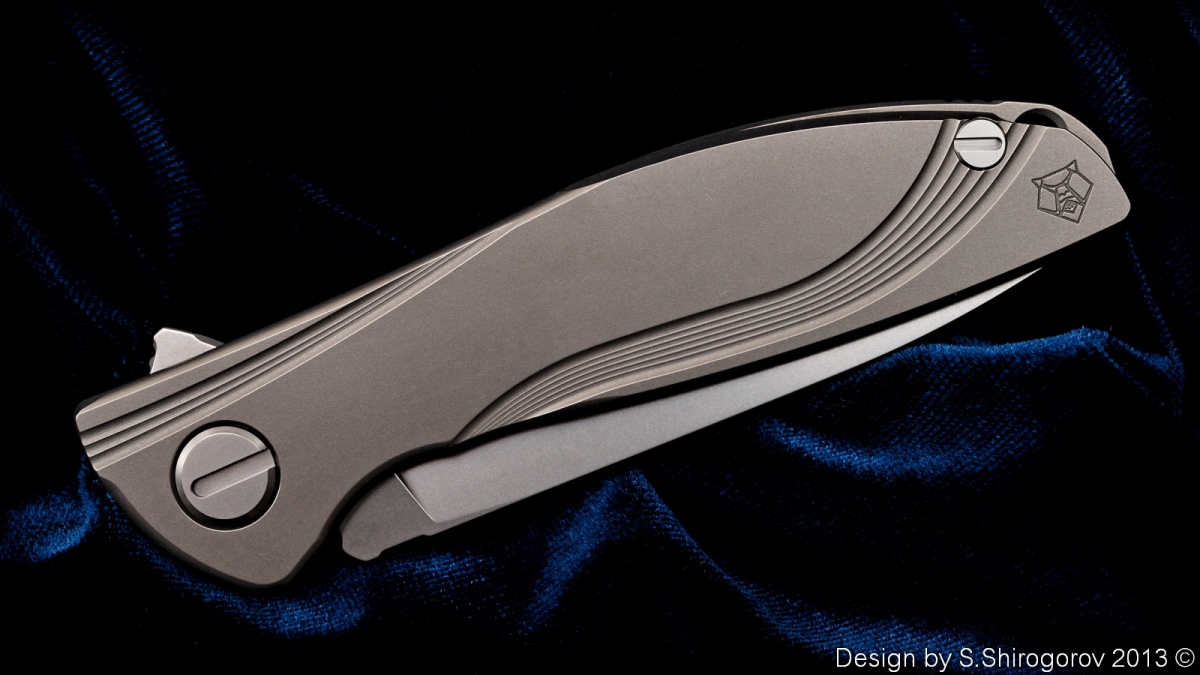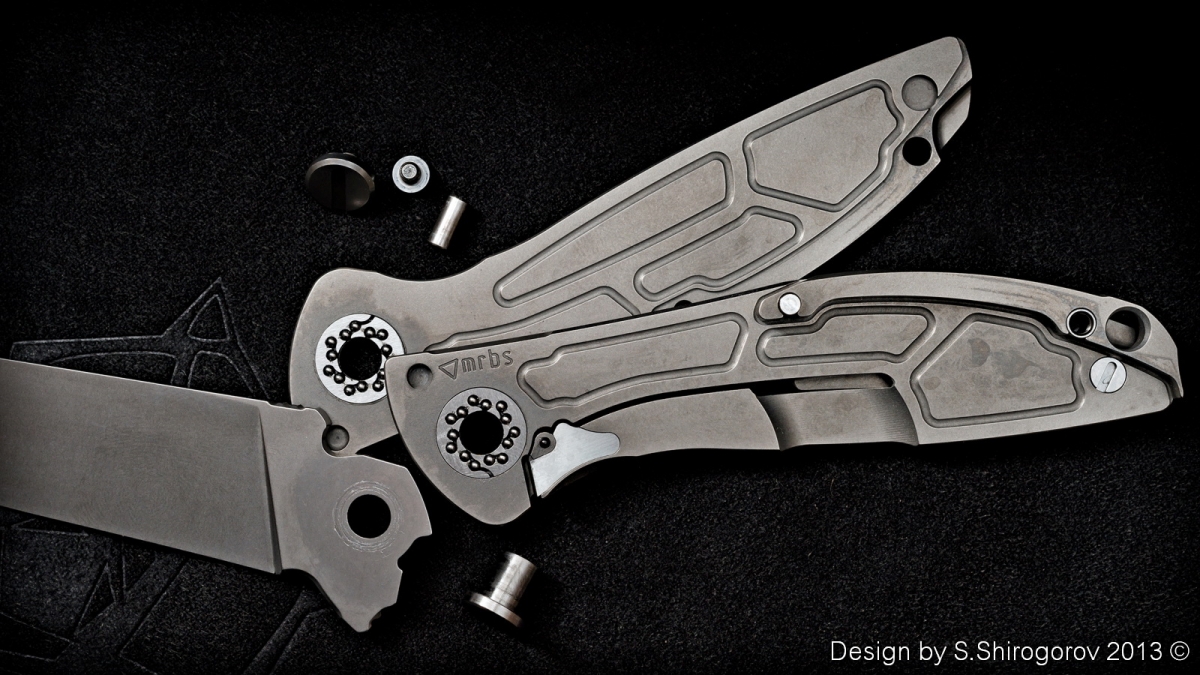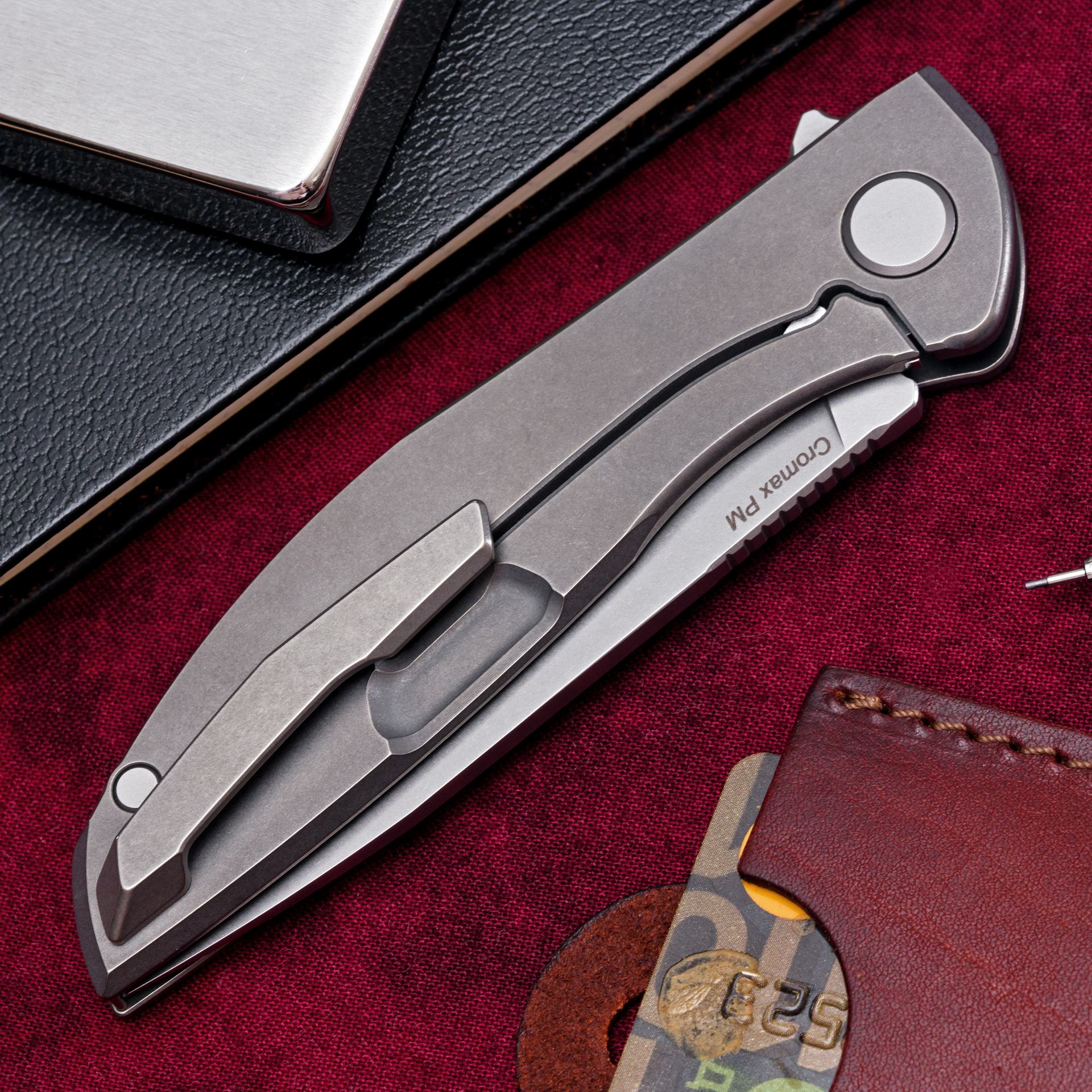Jsega51
Gold Member
- Joined
- Feb 11, 2015
- Messages
- 9,135
The thing that holds me up on Shiros is, having never seen one in person, I can't really tell what the finish is like. Does it wear well?
I’ve found that their common stonewash finish holds up great and hides wear pretty well. It’s not as “gritty” as the CRK stonewash, it’s closer to CRK’s glass blast finish if that helps. They have a new finish on some models that has fine satin “scratch” marks running all different directions which will absolutely hide the common pocket marks, I didn’t care for it at first but I like it now with their use of it on the inlay models, a full scale may not look as good.
Most marks on my Shiros have accumulated on the pocket clips but can attest that even those hold up nicely.
OK, possibly a couple dumb questions for the folks here, but this seems the best place to ask. I searched a bit and couldn’t find the answers.
Is there a way to figure out birthday of a Shiro based upon the serial number?
Also, what does “Zero” specifically mean relative to a particular model? Is it just a thicker blade?
I haven’t found any correlation of the serial numbers to a date for the knife so I think the only way to “date” one would be to examine the knife’s configuration to determine what generation it is since they make changes to blade stock, handle materials, blade jimping styles etc. As far as the “zero” name, it’s just their sort of plain jane variant utilizing a full Ti frame, no inlays (NL designation) or many embellishments.
Last edited:

